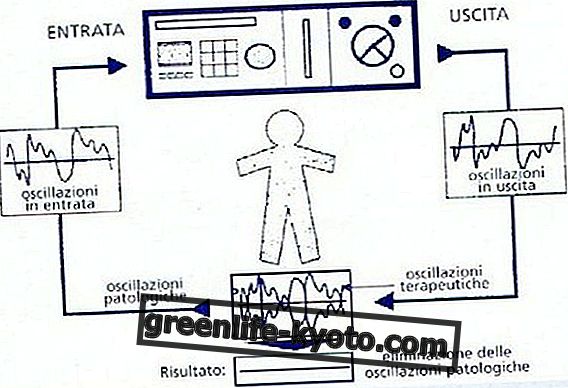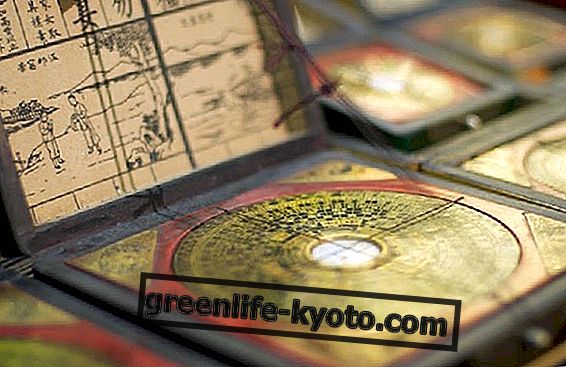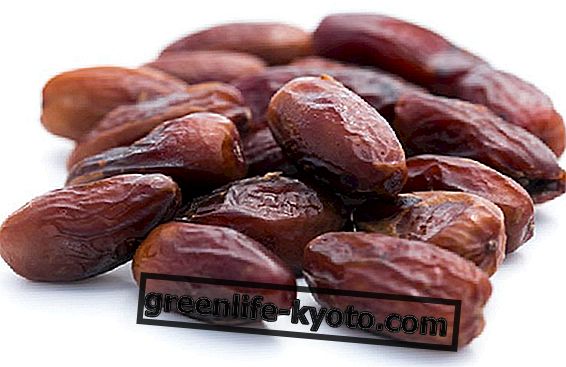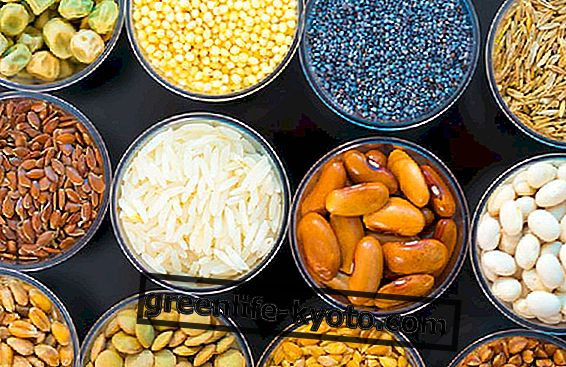
Bioenergetics and cooking
The bioenergetic kitchen, as the word itself says, considers the energetic value of a substance, in this case of food, without however detaching this value from the nutritional aspect. Just as the relationship between energy and nutrition is holistic, the association between food itself, preparation and the love that puts the person behind the stove is equally holistic in the bio-energy kitchen. Energy is received and transmitted and, in the same way, the food that is prepared needs that fundamental ingredient that is love, the relaxed and lucid mind that works biunivocally with the hands that juggle between the stoves.
There are those who reduce food into tables and values. Relatively useful nutritional data. Eating and eating is not so mechanical. Food and nutrition are conceived as dynamic actions, invested by emotions, thoughts, cultures and relationships. We feed an organism, a person, ourselves, not a machine or a mere digestive system.
Memories and moments of life flow in aromas and flavors. Emotions. To whom does it not happen to taste a full dish only if prepared "with care" by a specific person? The ingredients are always the same as the preparation process. So? Why does that dish fail us in the same way? We understand better what bioenergetic power is.
Bioenergetic nutrition
The energy in the kitchen therefore . Let us first abandon the dualism that reigns in our mind. Let's move on to holism. As a first ingredient, love and serenity are used. This should never be missing in your kitchen. Love is transmitted to the food that you will then prepare. Each food has its own characteristics, from an energy point of view. Where do they come from? They come from the color, the taste, the aroma, the seasonality, the environment and the soil in which it grows, the cooking methods, the seasonings we put in ... The natural energy of a food is thus transformed by the cooking action
Bioenergetic nutrition therefore takes into account each of these factors that characterize a foodstuff at the start and considers the processes of food transformation, the preparation in the kitchen, in the same way. It happens with cooking methods : vegetables, for example, according to bioenergetic nutrition, must not be boiled to not deprive them of their vitality. It is better to steam them and cook them, so that they maintain a lively color and a natural crunchiness. Better to boil the meat, as a food that has mass. There are foods that tend to contract and foods that tend to dilate. The more they contain water, the more they have a dilating effect. The more they are dry, the more they have a contracting effect. Cooking intervenes here, balancing the equation according to our needs.
The basic principles of this cooking method are those of oriental dietetics, which find fertile ground in various courses and books on healthy eating, today more than ever a key to wellness.












